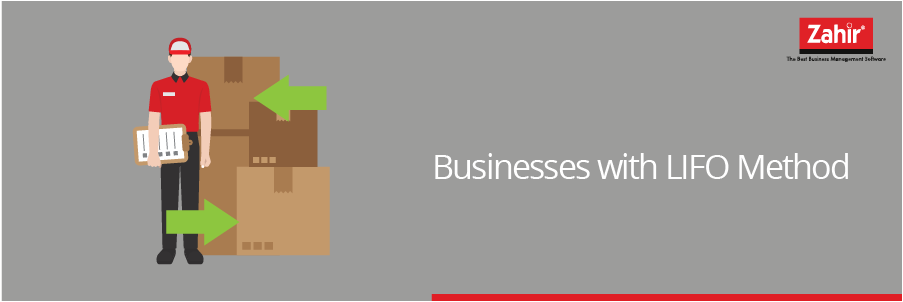LIFO method means Last In First Out is the method of removing the last entered item. For example in a clothing store. The clothing store will display the most recent model shirt in the window. This new model dress is the last one to come. If you put the first item come, then the latest item will be sold for a long time and there is risk of out of the date style. So the last item received must be sold first. This is why LIFO only applicable for business long-lasting products, non-perishable, easily stored to distinguish which inventory is first purchased with the last purchased. Some examples of business that apply this method are are garment / clothing, electronics or technology products, and bookstores.
Types of LIFO Method
- Physical system: inventory valuation is determined by the physical balance, multiplied by the cost of goods per unit which received at the beginning of the period. If the physical balance is greater than the goods received at the beginning of the period, then it is taken from the cost of the next per unit of entry.B. Perpetual system: inventory valuation where regular inventory recording is performed in the stock card. Every sale or purchase transaction occurs, is directly recorded in the inventory card. Cost of Goods Sold is recorded at the cost of goods first received. The remaining amount is the value of the final inventory.
LIFO is the method that produces the highest COGS. This is because the trend of purchase will continue to increase, where in the concept of LIFO unit cost used as the basis of determining the COGS is the purchase price of the latest goods. With the inflation rate continuing to rise over time, it is unlikely that an item will suffer a price reduction. By using the LIFO method, the company will generate a small profit so that it can save taxes. In the event of inflation, the calculation of the last purchase price is charged to operations in the period of price increases thereby reducing profits and resulting in a tax reduction. The advantages of this method are: able to compare current cost and income, operating profit is not disturbed by price fluctuation, and if there is fluctuate price can be leveling annual profit. Meanwhile the weakness in this method is contrary to the actual physical flow and can not show the true potential of services. However, LIFO method is no longer applied by the company due to changes in the Statement of Financial Accounting Standards 14 (revised 2008) where only the FIFO method and the average (average) method may be used to assess the company’s inventory.




